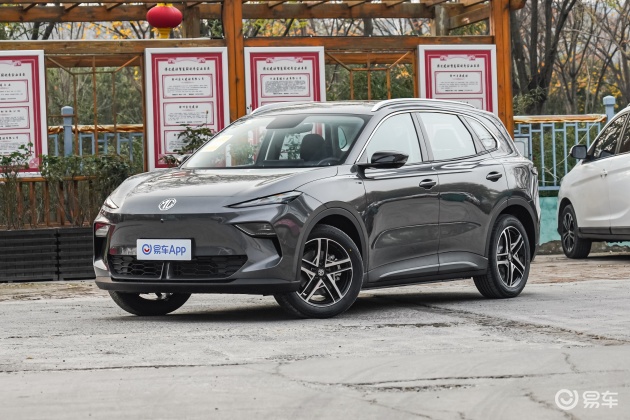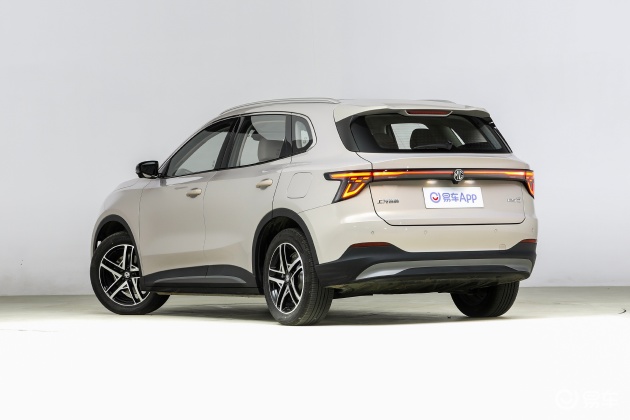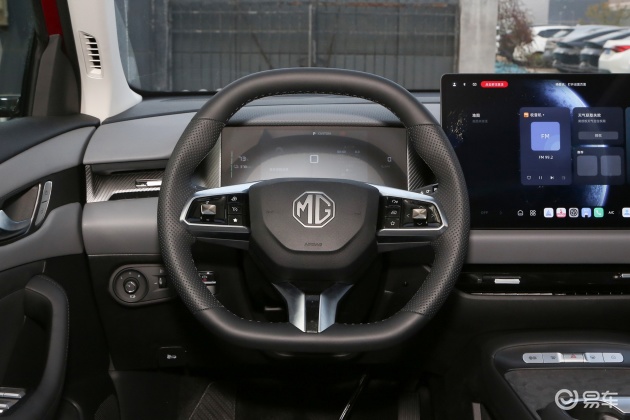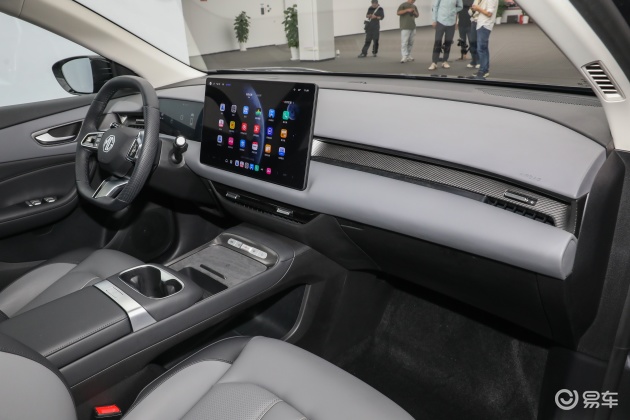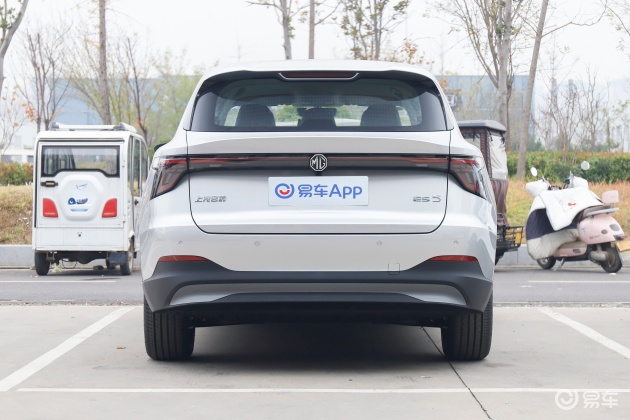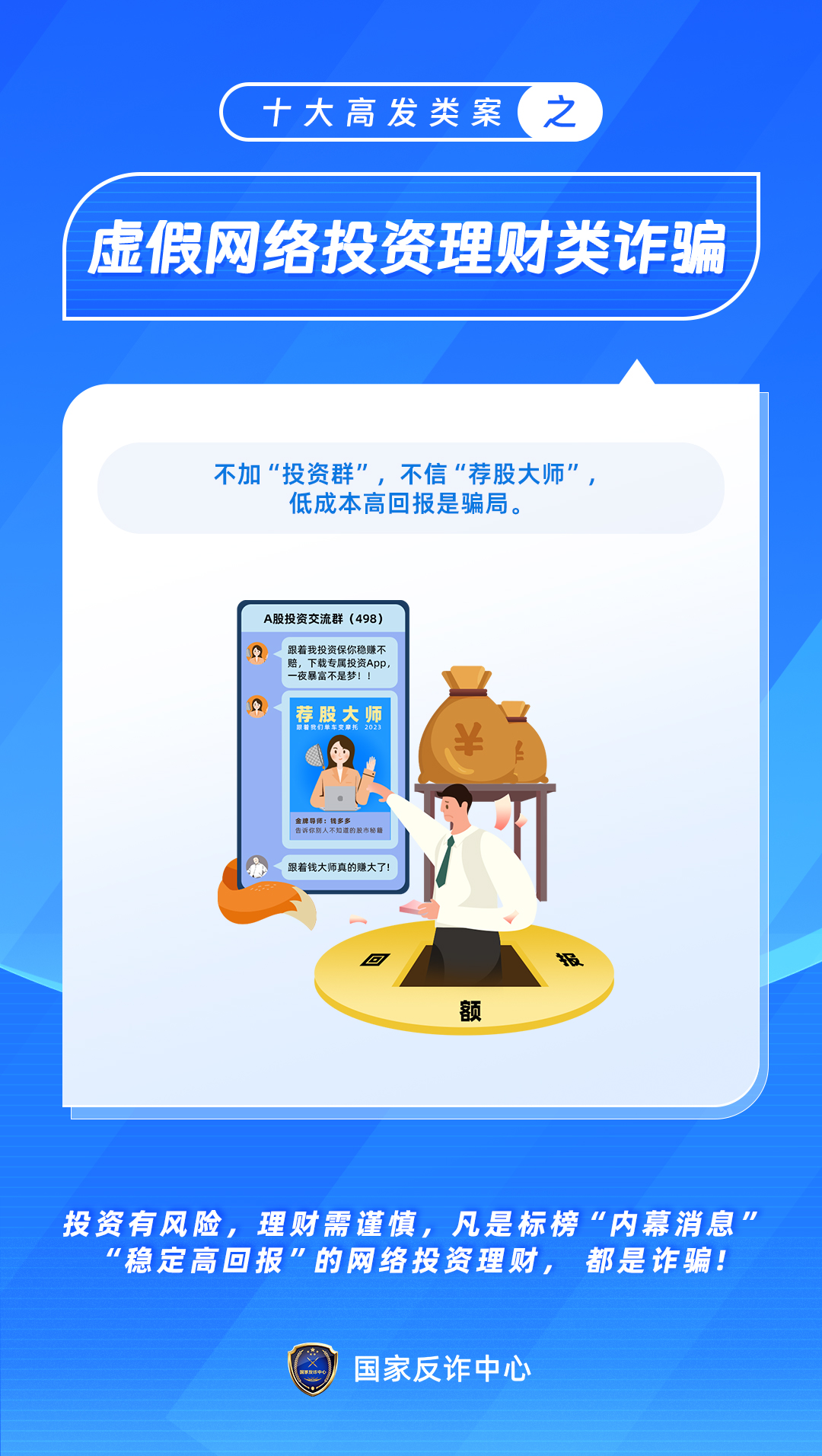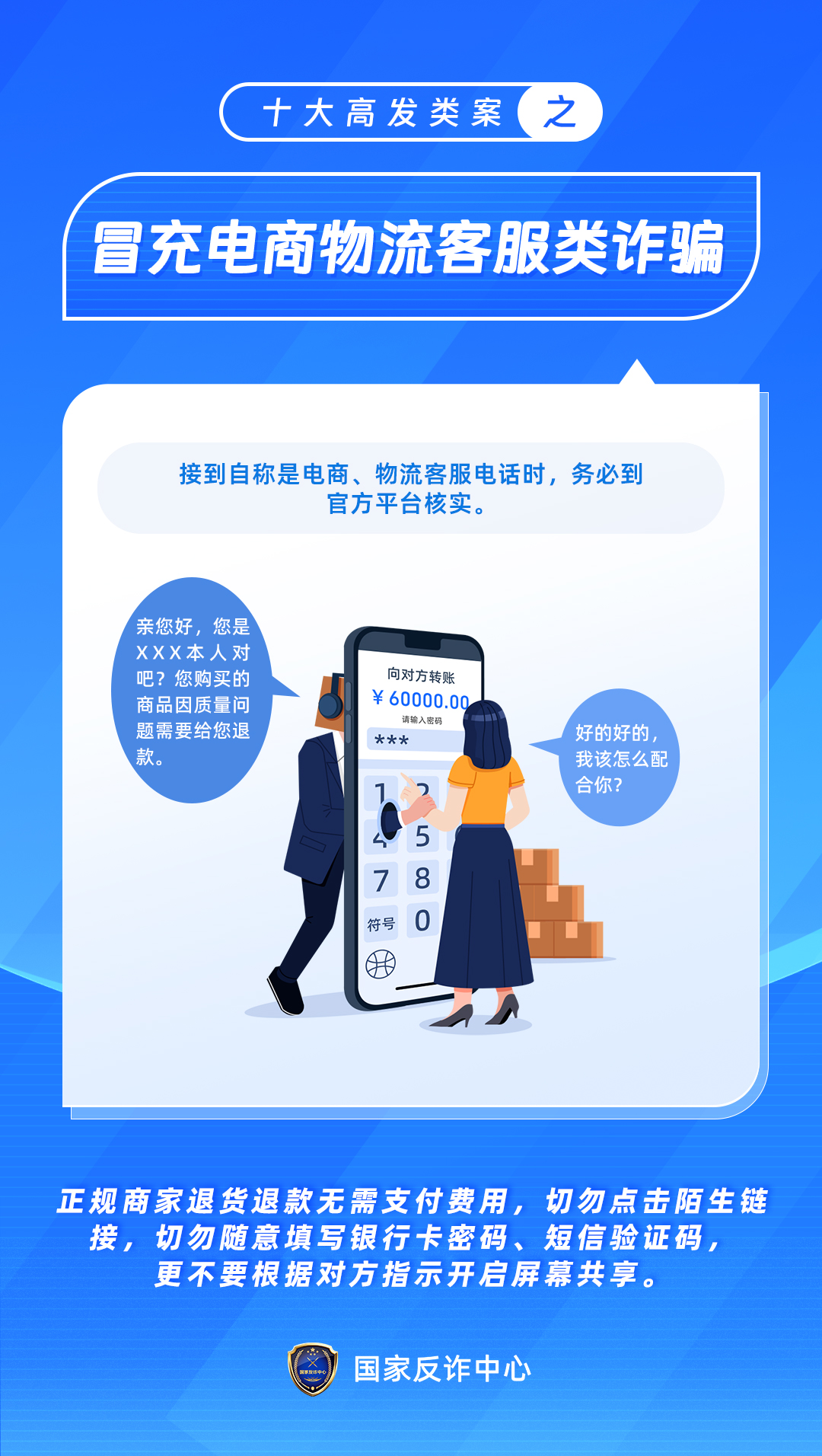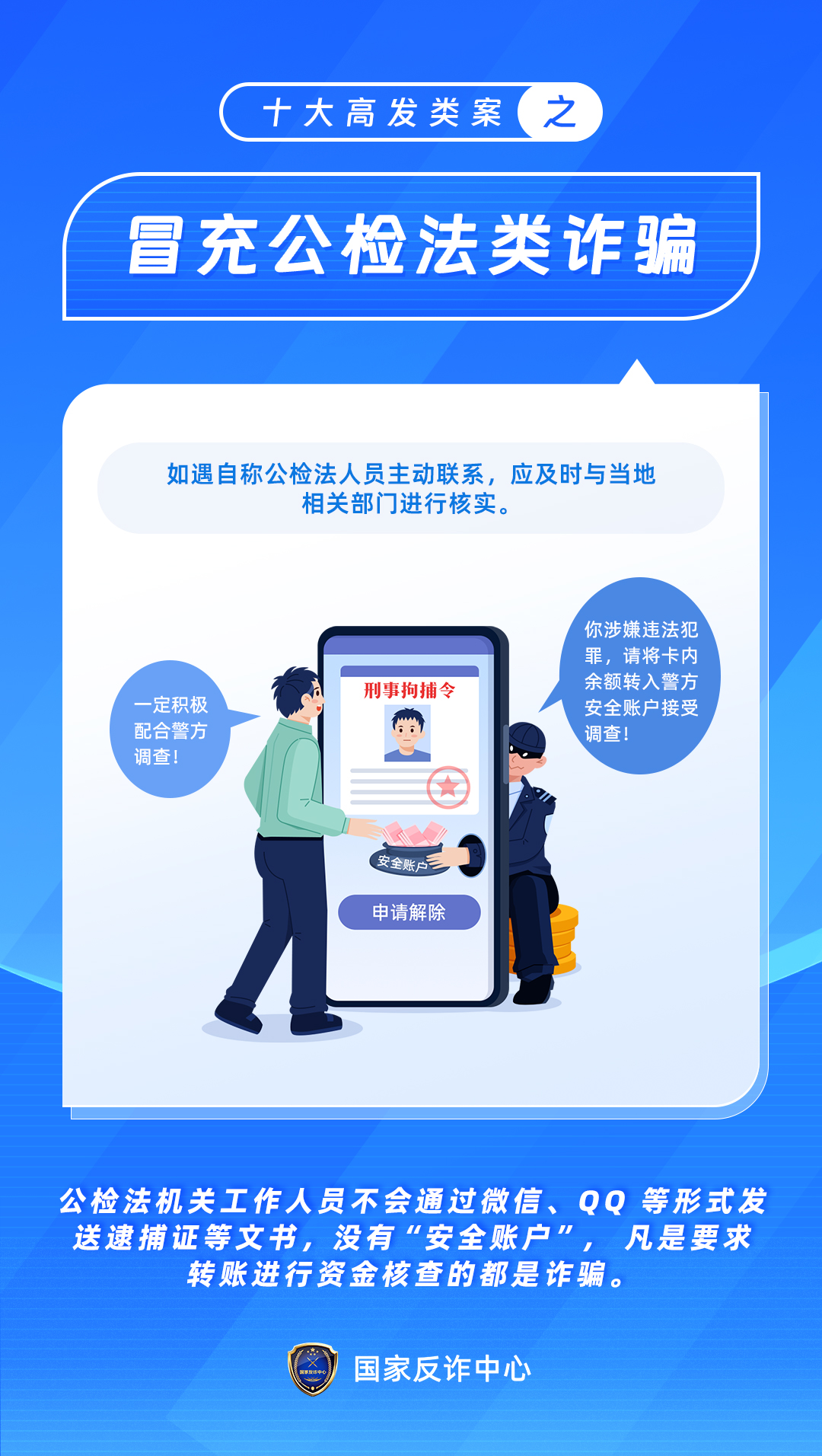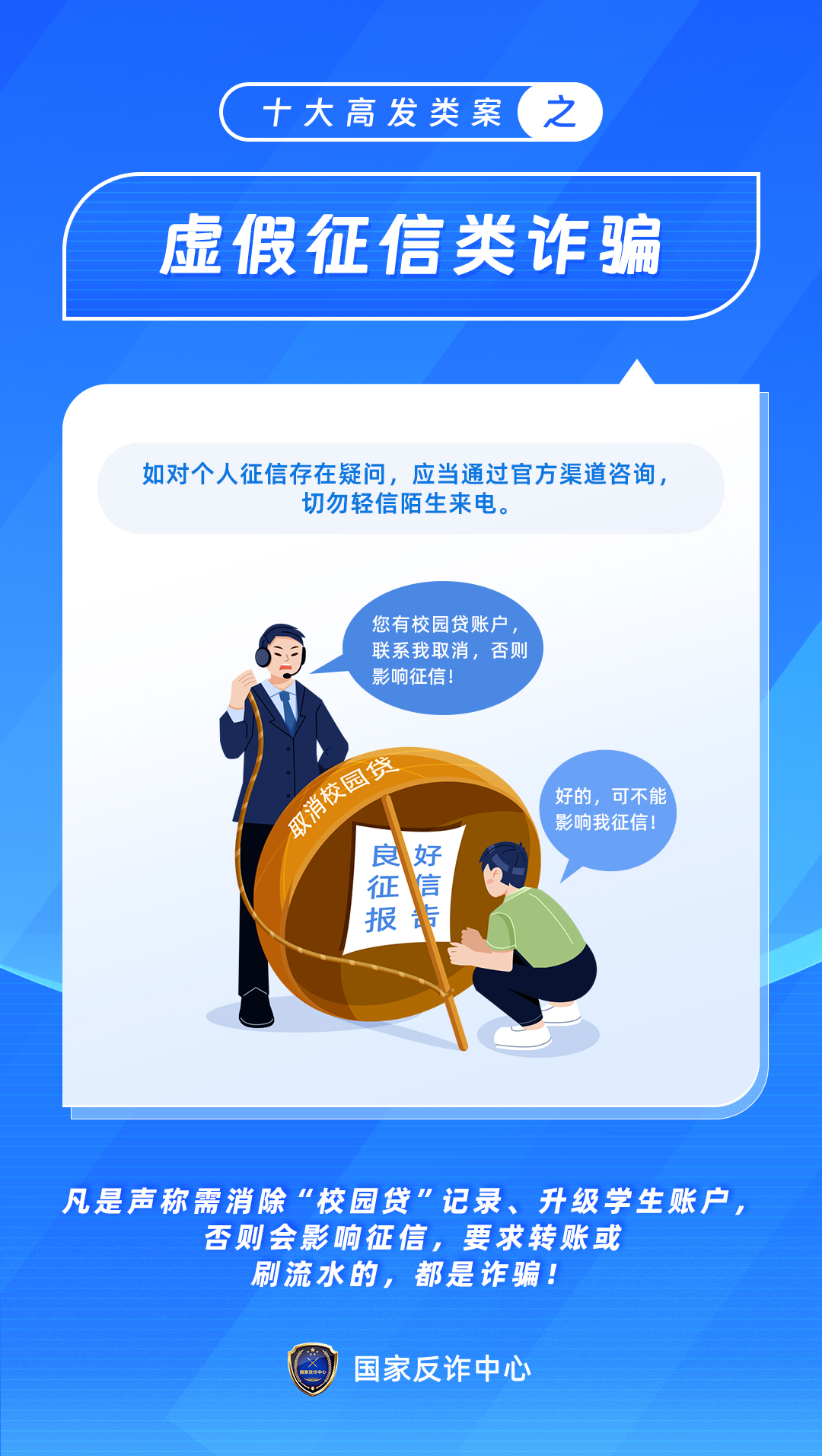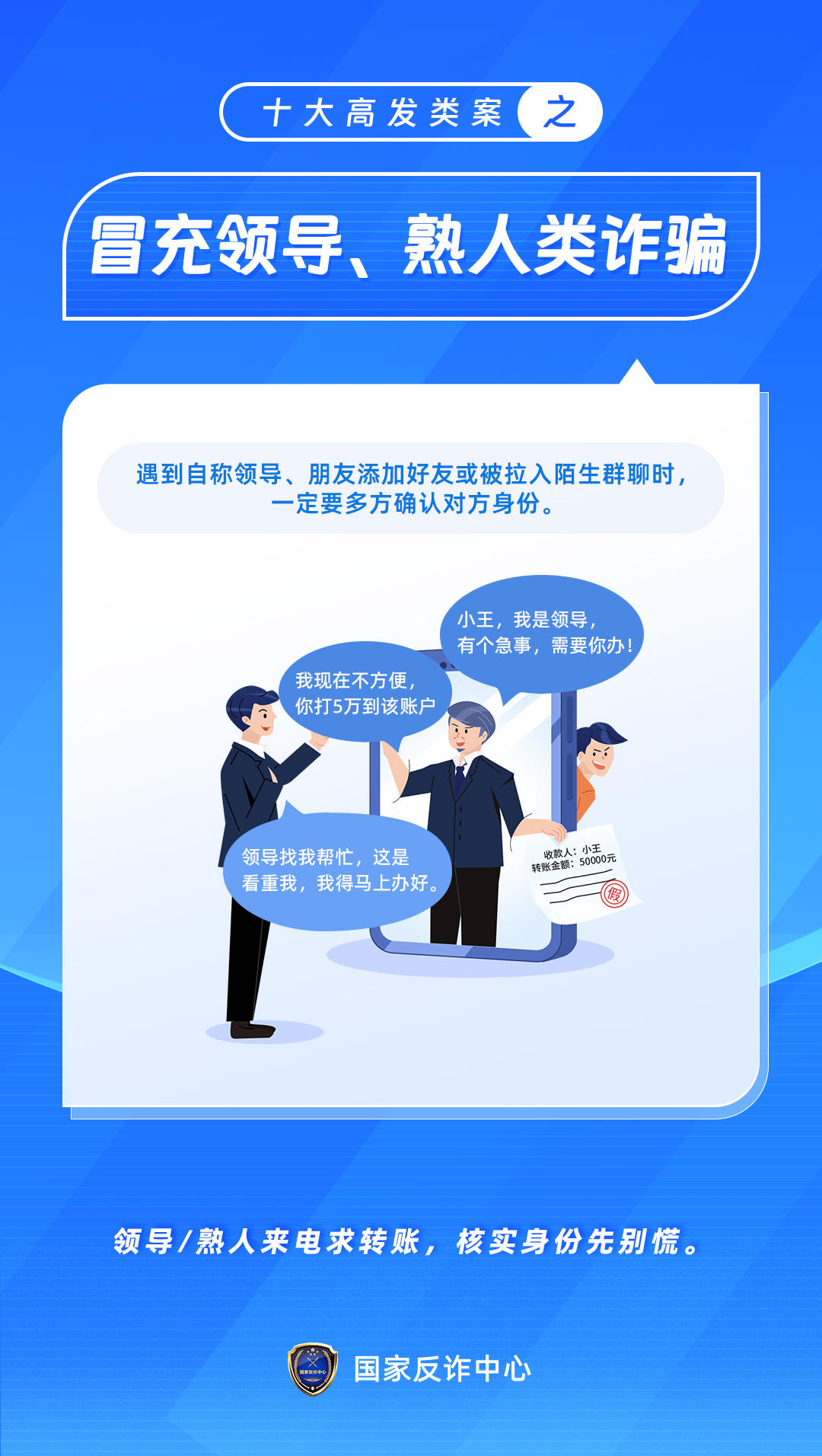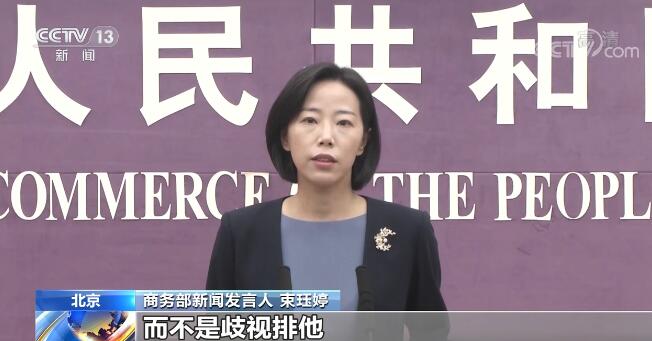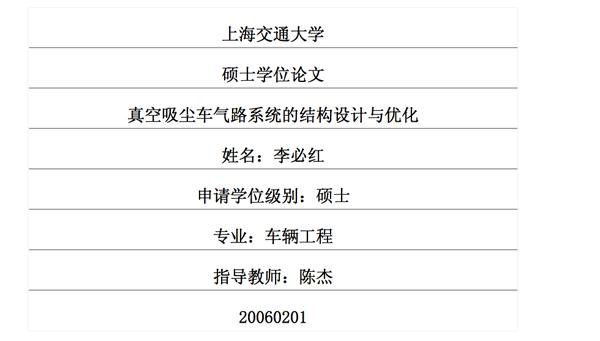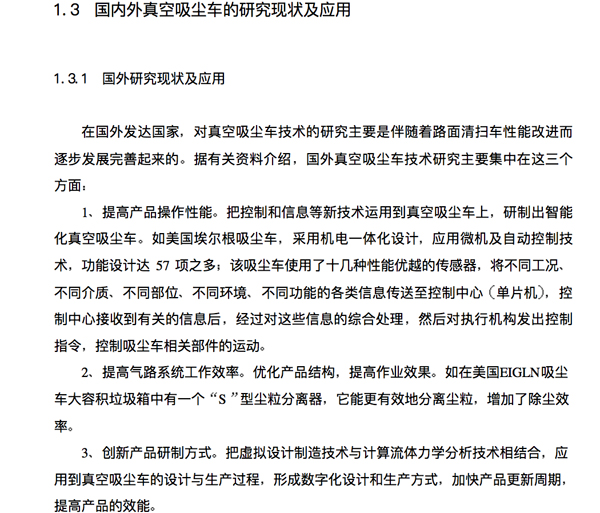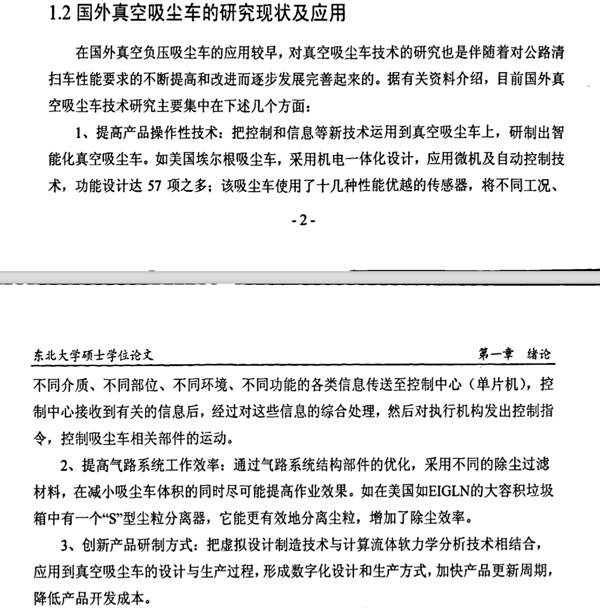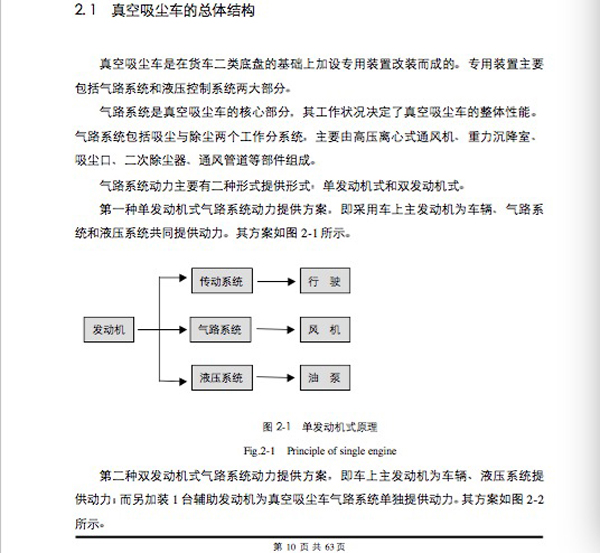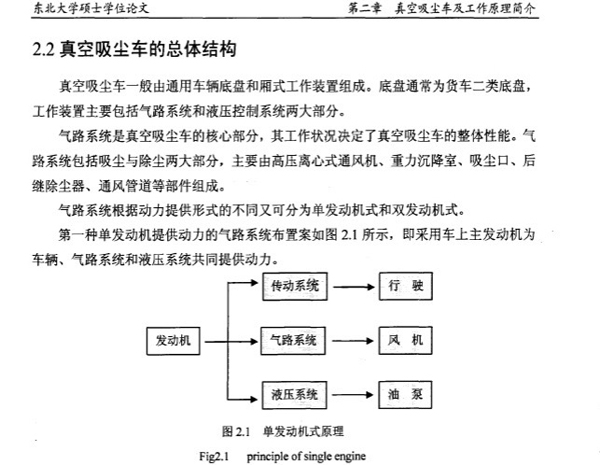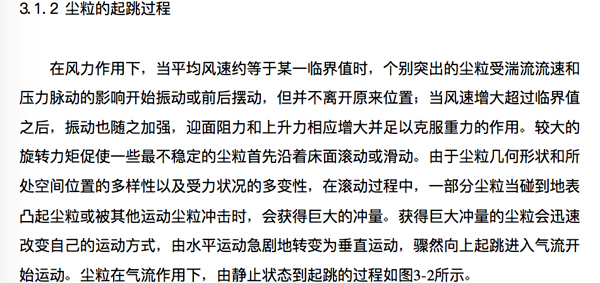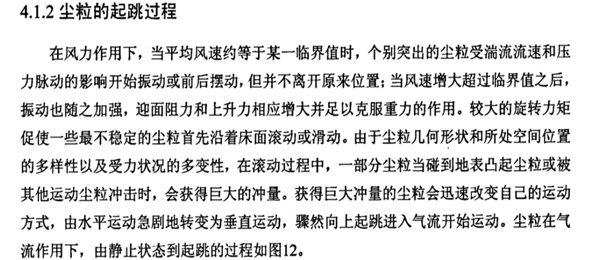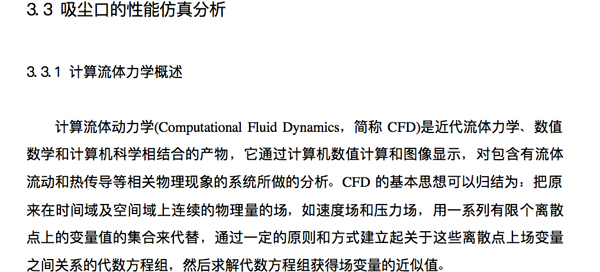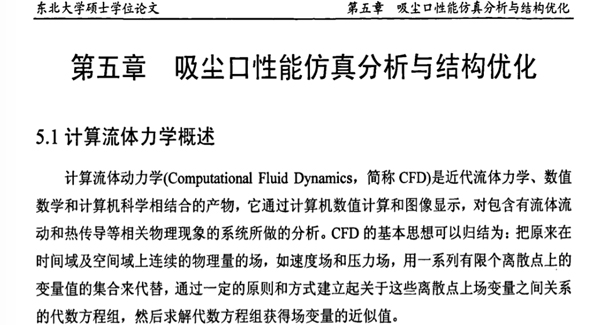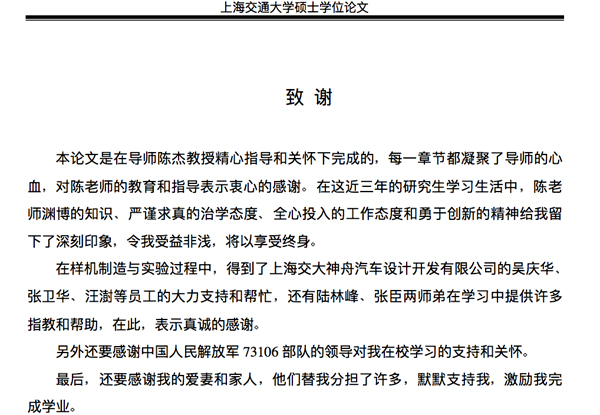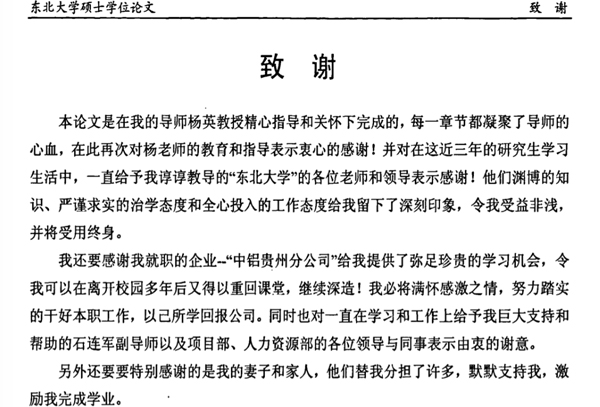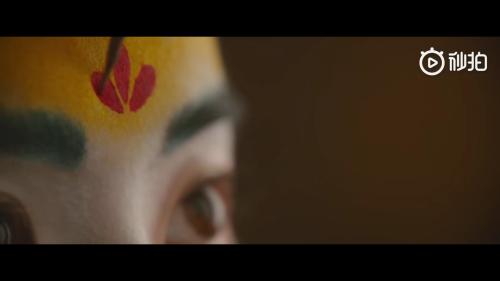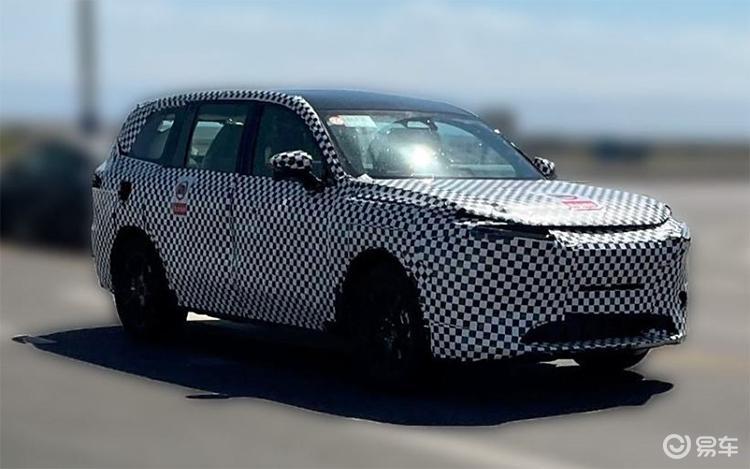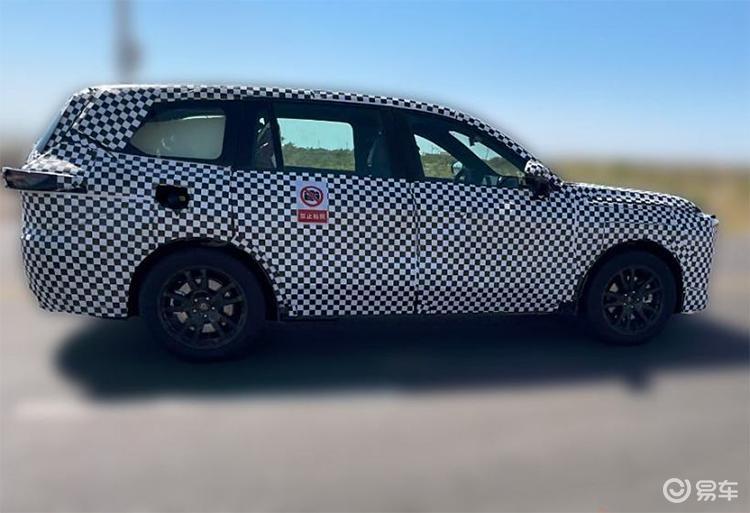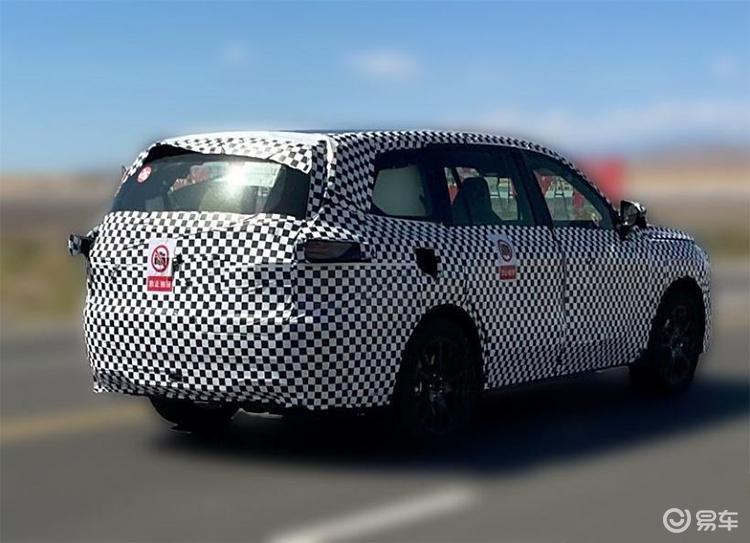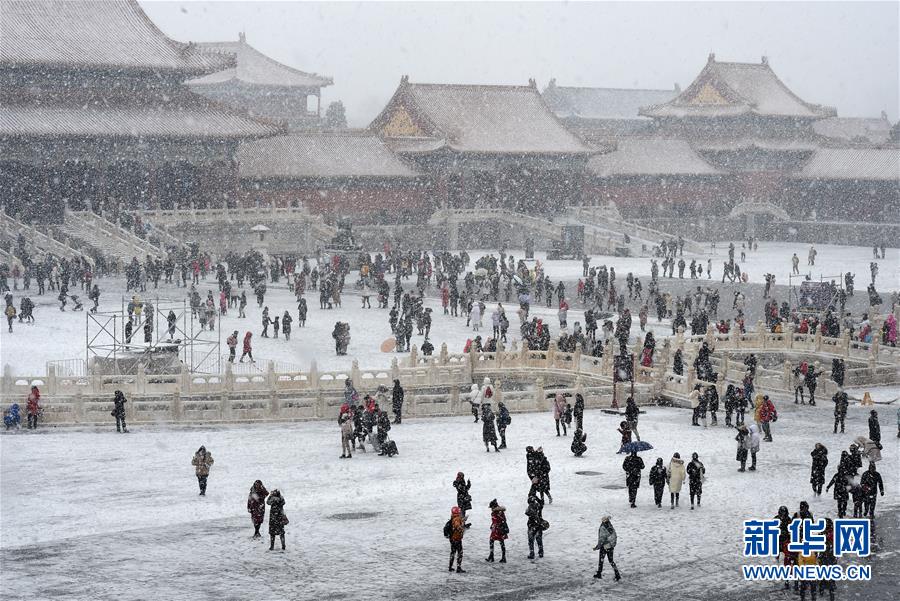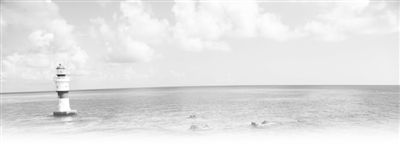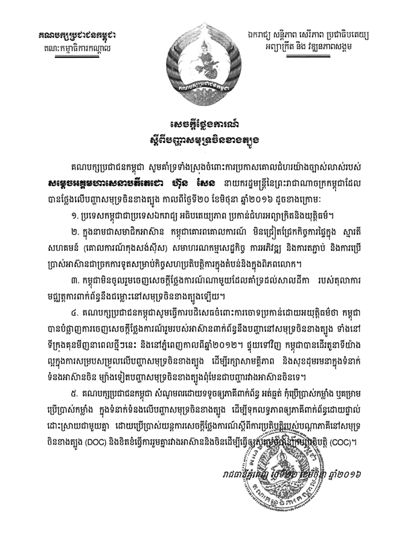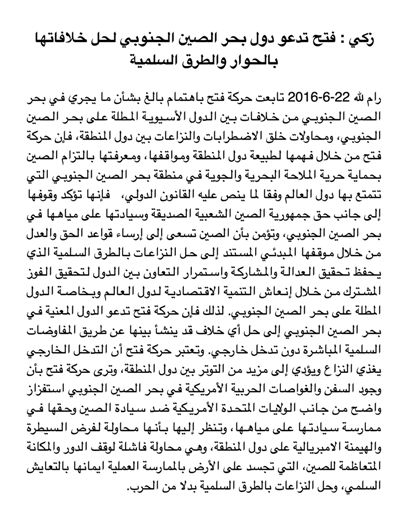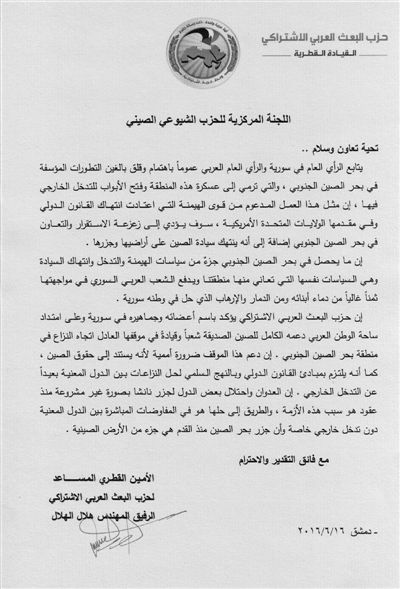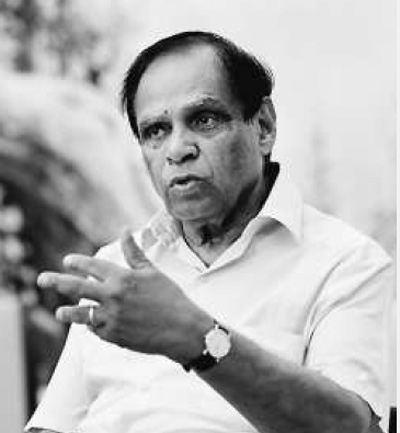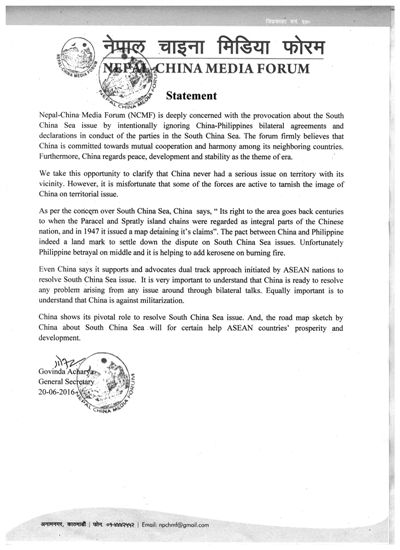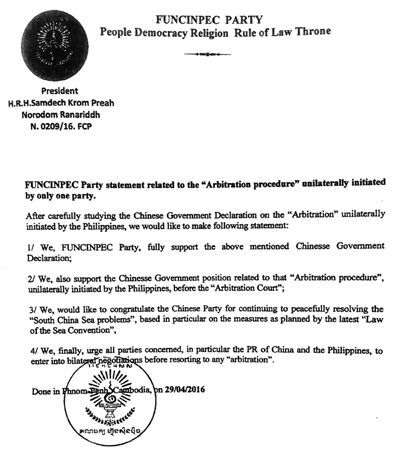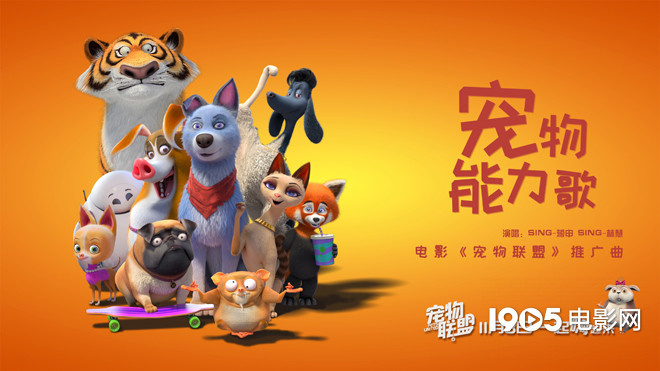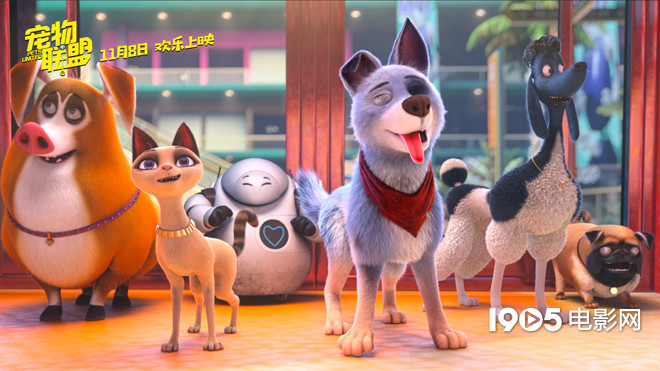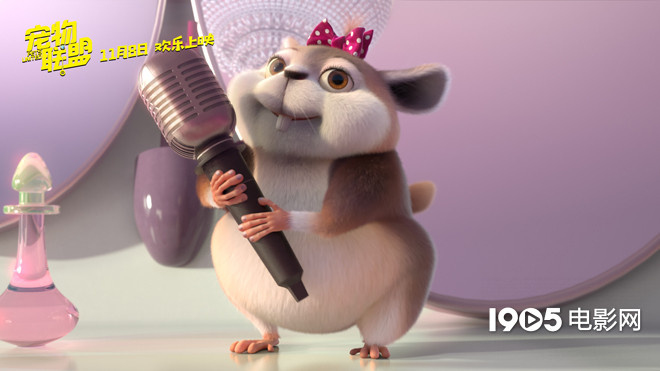17 years after Li Shangping was killed: his father died, his wife married far away, and his son was silent since childhood.
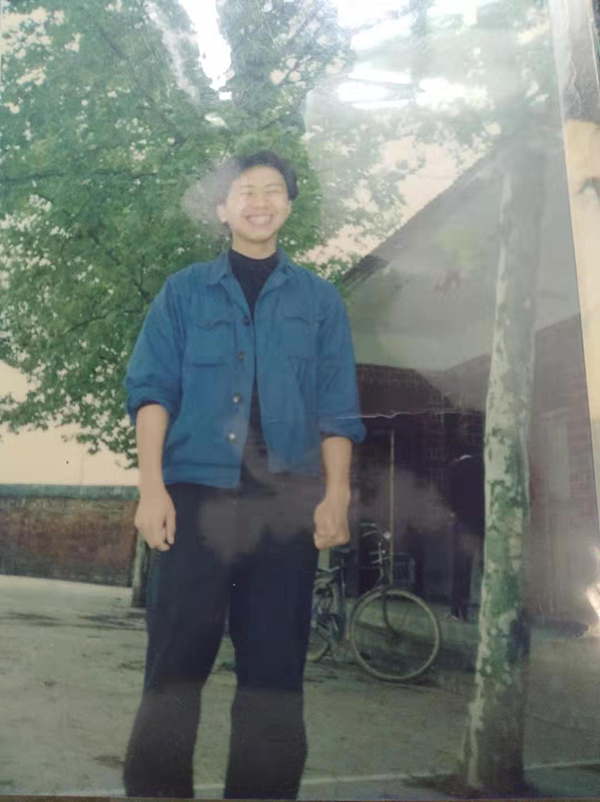
Photo of Li Shangping, a "prickly" teacher. Photo courtesy of respondents
After Hunan Public Security Bureau detected Xinhuang’s "case of burying a corpse on campus" in the special struggle to eliminate evils, the case of "teacher Li Shangping was shot dead" was also refocused by the media.
Li Shangping’s family saw hope again, and they began to be busy, trying to recall the details of that year to visiting journalists.
On April 26, 2002, Li Shangping, a teacher in Heshan District, Yiyang, Hunan Province, was shot dead. Family members and people rumored that his death was related to a reported incident, and the case has not been closed so far.
In the past seventeen years, grief and helplessness have enveloped this family that has lost its backbone: Liu Yune, the wife of Li Shang Ping, who is also a teacher, left her hometown because she was refused to transfer her job and remarried a few years later; Li Sanbao, the father of Li Shang Ping, died in anger in 2012; At the time of the incident, Li Shangping’s 5-year-old son Li knew that he had been admitted to graduate school now, perhaps because of his father’s reasons, and he was silent.
Liu Yune and Li Shangjia (Li Shangping’s sister) said that for 17 years, their families were afraid to mention Li Shangping’s case in front of Li Zhi, for fear that he would be sad. And Li know also deliberately avoided all topics related to his father.
"He is a smart and sensible child. He would rather search his father’s case online than ask his family." Liu Yune said that the delicate son was probably afraid that his elders would be sad and never asked.

Report the past
When it comes to meeting Li Shangping for the first time, Liu Yune, a female teacher who has been tortured by fate for seventeen years, has a slightly sweet mouth.
In 1995, they were introduced by colleagues and got married the following year. In Liu Yune’s view, Li Shangping is a young man with "high IQ, talent, sense of justice, and sincerity".
Liu Yune said that Li Shangping’s talent is extraordinary: Li Shangping, who teaches English, did not have to play it through a tape recorder at that time, but spoke fluent English himself; He also worked part-time in the graphic channel of Yiyang TV station at that time to collect, write and process manuscripts; Before computers became popular, he bought a desktop computer and stayed up until after 2 am every night.
Liu Yune didn’t know until later that since January 2002, Li Shangping has been using the name of "Laojiu" every night to question the fact that more than 600 teachers in Longguangqiao Town have been deducted from their salaries on the Internet.
Li Shang’s diary before his life shows: "On March 15th, 2002, I called the mayor’s hotline and the Heshan district government to complain, but it was useless. They just kicked the ball at each other. In the evening, I wrote a paragraph titled "The salary of 800 teachers in Yiyang, Hunan Province was hacked in December 2001! "(Note: According to Southern Weekend, there were actually 635 teachers in the town at that time), posted them on the forum of Hunan Jingshi and the column of" People’s Voice "of Red Net, and sent emails to some media in Hunan and" Focus Network Talk "of Xinhuanet."
The contents of Li Shang Ping’s diary were confirmed by The Paper reporters: On January 15th, 2002, Li Shangping, in the name of netizen "Laojiu", reflected the phenomenon that teachers’ salaries were deducted and misappropriated on Hunan Red Net. On the same day, a letter of complaint was sent to the "Focus Network Talk" column of Xinhuanet.
On March 15th, 2002, Li Shangping once again wrote in the name of "Laojiu" that the salary of 800 teachers in Yiyang, Hunan Province was hacked in December 2001! The article was published in the forum of Hunan Jingshi and the column of "People’s Voice" of Red Net, and sent to some media in Hunan and "Focus Network Talk" of Xinhuanet by email.
Li Shangping’s online post attracted the exposure of local media in Hunan Province on the withholding of wages.
Liu Yune recalled that after the teachers got the deducted wages, Li Shangping continued to recover the wages owed before.
According to Liu Yune’s recollection to The Paper, around mid-April 2002, Li Shangping’s mood suddenly became depressed, and she was told inexplicably that maybe one day he would die in "an unknown situation".
Just a few days after Li Shangping said this to his wife, Li Shangping was shot and killed.
According to the report entitled "A" tartar "teacher was shot by a killer in Yiyang, Hunan Province" on July 18th, 2002 in Southern Weekend, after Li Shangping’s death, the "teacher’s salary in Longguangqiao Town" attracted great attention of the Hunan provincial government, which allocated more than one billion yuan from the financial resources to solve the problem of paying teachers’ salaries in more than 20 difficult counties and cities in the province.
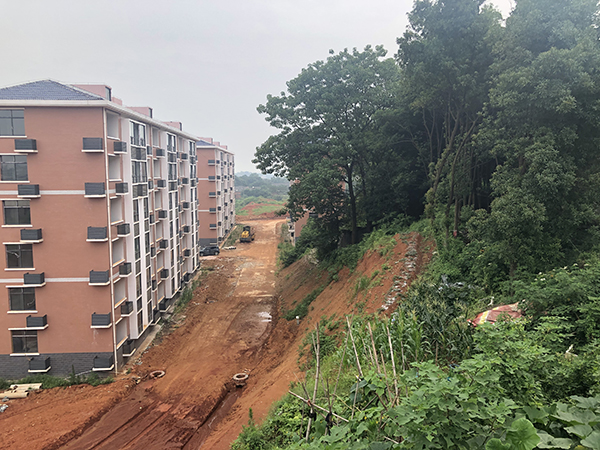
Transfer denied
After Li Shangping was shot, an urgent problem for his family is who will take care of Li Zhi and Li Shangping’s parents who have reached school age?
After Liu Yune and Li Shangping get married, they need to take at least two buses to work, and then take a ferry, which takes several hours. And the husband teaches in a school not far from home. Previously, the care of the elderly and children at home mainly depended on Li Shangping.
After the incident, in order to take care of the family, Liu Yune said that she had found the Education Bureau many times, hoping to transfer her work to a school slightly closer to home, but failed to do so.
"I am chilling, I just want to leave this sad place with my family as soon as possible." Liu Yune said that after this fierce debate, she finally chose to give up.
In September 2003, a media reporter contacted Liu Yune, saying that an education group in Jiangsu admired and sympathized with Li Shangping after seeing his deeds and experiences before his death, hoping to help the Li family, and offered to help the Li family move away from sadness and develop in Jiangsu, which could provide work and accommodation.
On September 4, 2003, Liu Yune left Yiyang to teach in Jiangsu.
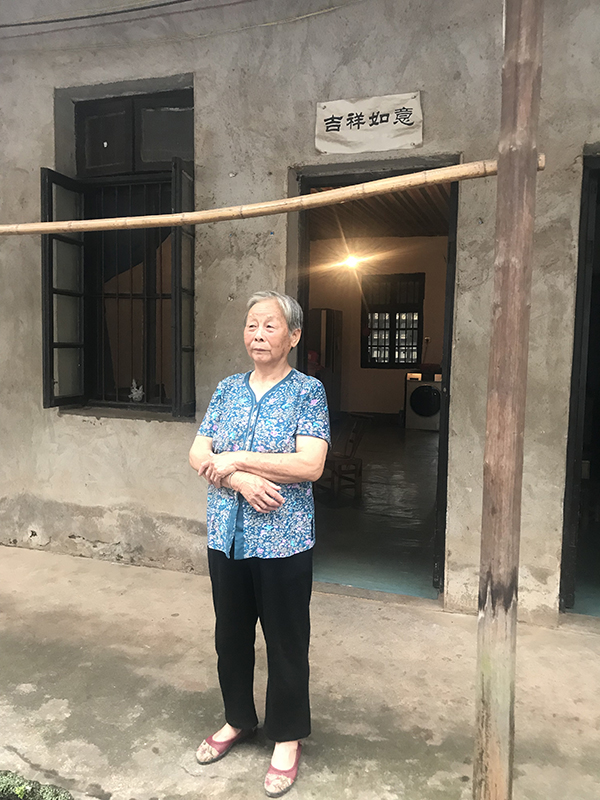
Run for the truth
Li Sanbao did not accept the invitation to take his wife and grandson to Jiangsu. He gave two reasons at that time: he wanted to stay in Yiyang for his son to find the truth in his lifetime; You can’t let your son’s soul go home without his family.
After the incident, Li Sanbao and his wife endured the pain of losing their son in the next year and have been running for the truth about their son’s death.
Li Shangjia said that in order to seek the truth, parents first went to public security departments at all levels to inquire about the progress of handling cases. Once, in July of 2005, her father came home from Changsha with a look that made her afraid to look straight. I saw my father sitting motionless on the sofa, muttering to himself. Li Shangjia bent down to comfort his father. When he approached, Li Sanbao immediately turned his head to the corner and sobbed.
In Li Shangjia’s view, his father, who had been teaching for 38 years, was a stubborn man, and rarely showed uncontrollable emotions in front of his children in the past.
Li Shangjia recalled that because he didn’t know the way and was old and carsick, every time his parents went to Changsha, they were very bitter: before leaving, they would bring a few steamed buns to satisfy their hunger. Even in the hot summer of July, they were reluctant to buy a bottle of water. In the heart of the elderly, they also planned another thing, "Save money for their grandchildren to study."
Later, Li Sanbao and his wife began to collect all kinds of clues about their son’s case.
"When people say a little about the case, they will get to the bottom of it." Li Shangjia said that until this judgmental belief was used, he was cheated out of 4700 yuan.
In the first half of 2008, a middle-aged man about 50 years old came to Li Sanbao’s house and said that he had been paying attention to Li Shangping’s case and knew some inside information, so he could solve the case quickly through his "high-level relationship". The man offered to go to the "activity" for 20,000 yuan.
A few days later, the man hurriedly called Li Sanbao, saying that he was going to see the leader immediately and asked Li Sanbao to take 20,000 yuan to the bus station. Fortunately, Li Shangjia, who initially suspected the identity of a man, insisted on accompanying his father to the bus station. When the man saw someone accompanying Li Sanbao, he turned and left.
A few months later, a 25-year-old man claimed that he had a good relationship with the principal person in charge of the procuratorate and could help him to "say hello" and speed up the case, but he needed money to give gifts. A few days later, Li Sanbao took 4700 yuan and followed the man to the gate of the procuratorate. After the man took the money, he said that the person in charge was unwilling to meet the client, and he had to go in alone.
Li Sanbao sat at the gate of the procuratorate and waited until after work. Everyone left and never saw the man again.
After returning home that day, Li Sanbao was so angry that he didn’t eat dinner. Li Shangjia once again saw his father’s despair.
Four years later, in the cold winter, Li Sanbao died.
On the eve of his death, he specially told Li Shangjia that he had failed to fulfill his promise to find the truth for his son and hoped that she would not give up.

The task force stepped up efforts to solve crimes.
In the fourth year after going to Jiangsu to teach, Liu Yune was introduced to marry a local teacher. Fortunately, the current husband is very sympathetic to the Li family’s experience and supports Liu Yune to continue to find the truth for Li Shangping.
Every time Liu Yune returns to Yiyang, she will discuss the new news with Li Shangjia and try to get some new conclusions.
Besides looking for the cause of Li Shangping’s death, there is also a common focus between Liu Yune and Li Jiaren — — Li knows the healthy growth.
In the eyes of his mother and aunt, Li Zhi is a clever, sensible and taciturn child. They attributed Li’s cleverness to his father’s "good genes", while his reticence was mostly due to this unfortunate family.
For his son Li Zhi, the most urgent thing to know in the past seventeen years is the truth that his father, who named him "Zhi", was shot.
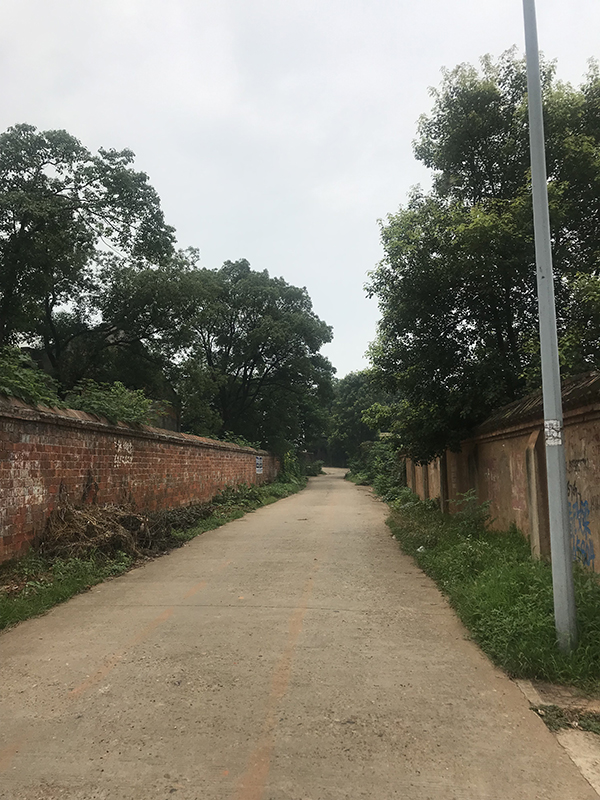
Li Shang’s way home from school before his life. The Paper reporter Jiang Gewei photo
In 2002, when Li Shangping was shot, Li knew that he was five years old (nominal age), and now he has graduated from university and admitted to graduate school. His undergraduate and graduate majors have chosen journalism.
Li Shangjia introduced that Li knew that he was close to his grandfather since he was a child. From primary school, his grandfather rode a motorcycle to pick him up and drop him off, rain or shine.
In the winter of 2012, grandpa’s death was a great blow to Li Zhi, and he became more reticent. Until he was a freshman, Li knew that he had called his mother and cried bitterly, saying that he would dream of grandpa riding a motorcycle to pick him up every night.
There is a tacit understanding between the elders and Li Zhi, and they won’t mention the shooting in that year in front of each other. The careful Liu Yune found that his son often logged into his father’s online memorial hall.
"He knows more information from the Internet than we adults, but he is afraid that his elders will be sad. For seventeen years, he has never asked." Liu Yune said that her son would call her and grandma every two days to ask for help.
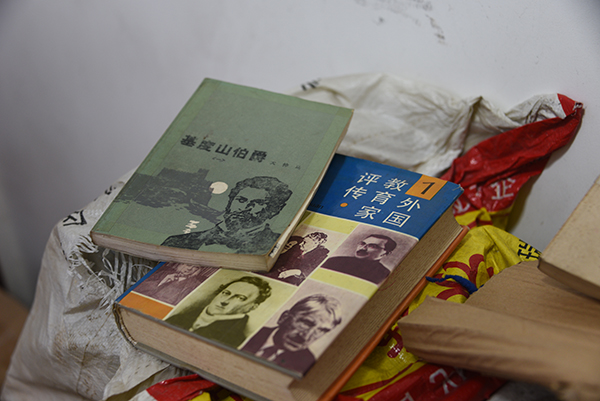
The deadlock was broken until the other day.
On July 2, Liu Yune called Li Zhi and said, "Son, you must be careful outside, and be careful that those who have harmed your father will harm you."
"Well, mom, I know, don’t worry." Li knows the answer.
After the exposure of Xinhuang’s "case of burying a corpse in the campus playground", the "Li Shangping case" was brought up by the media again, and the Li family once again faced the media intensively.
Liu Yune and Li Jiaren burst into tears when they were interviewed by reporters. At the end of the interview, I will ask the media not to interview Li Zhi, "The pain of the older generation will be left on the older generation and solved by the older generation."
"I just hope he can live a safe, healthy and happy life." Li’s family members almost unanimously expressed the same view.
To everyone’s comfort, on July 2, the Hunan Provincial Public Security Department released a message: 17 years ago, Li Shangping, a teacher in Heshan District, Yiyang City, Hunan Province, was shot dead. Yiyang Public Security Bureau has been investigating the case. At present, the task force has increased its elite strength and intensified its efforts to solve the case. The Provincial Public Security Department has assigned criminal investigation experts to guide the case.
On the evening of July 9, the main person in charge of Heshan Public Security Bureau of Yiyang City Public Security Bureau came to Lijia and said: For seventeen years, Yiyang Public Security Bureau has been trying to investigate the shooting of Li Shangping; I hope that the family members will give feedback to the public security; The role of the media has been achieved, and now the provincial and municipal public security departments have deployed capable forces to guide the investigation, and ultimately it is up to the public security to handle the case. (The Paper reporter Jiang Gewei)
